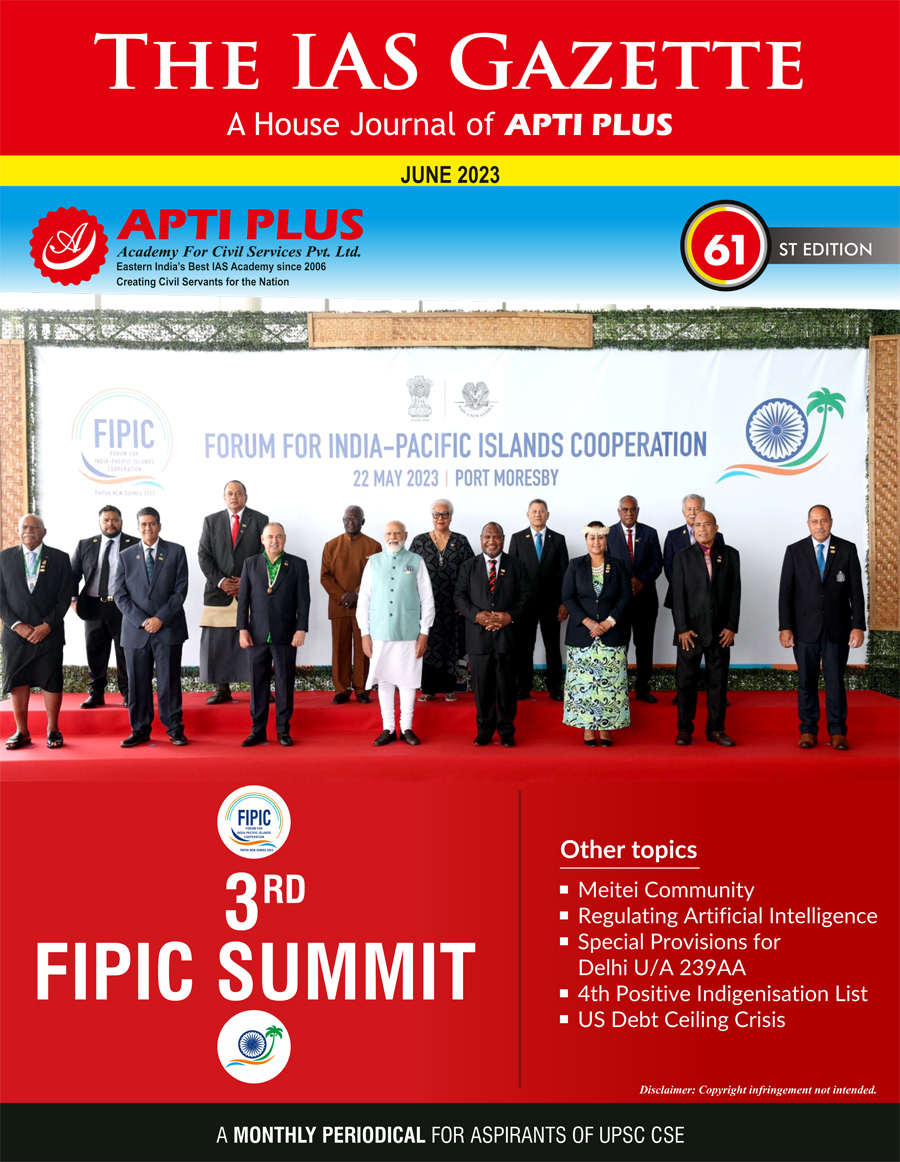Description
.png)
Disclaimer: Copyright infringement not intended.
Context
- Britain formally signed the treaty to join a major Trans-Pacific Trade Pact, becoming the first new country to take part since its inception in 2018.
- The signing was part of the Comprehensive and Progressive Agreement for Trans-Pacific Partnership (CPTPP) commission meeting being held in New Zealand.
What is CPTPP?
- The CPTPP is a landmark pact agreed upon in 2018 that cuts trade barriers among 11 countries, including Australia, Brunei, Canada, Chile, Japan, Malaysia, Mexico, New Zealand, Peru, Singapore and Vietnam.
- The pact requires countries to eliminate or significantly reduce tariffs and make strong commitments to opening services and investment markets.
- It also has rules addressing competition, intellectual property rights, and protections for foreign companies.
- CPTPP is seen as a bulwark against China’s dominance in the region, although Beijing has applied to join, along with Taiwan, Ukraine, Costa Rica, Uruguay, and Ecuador.
- Politicians in several countries, including the UK and Australia, are lobbying to keep China out, while Beijing is trying to prevent Taiwan from joining.
- Britain will become the 12th member of the pact that cuts trade barriers, as it looks to deepen ties in the Pacific after its exit from the European Union in 2020.

What does the CPTPP do?
The rights and obligations under the CPTPP fall into two categories:
-
- Rules: for example, on how countries should make new food safety regulations or whether they can ban the transfer of data to other CPTPP members. These are the same for all CPTPP parties (including any new members that may join).
- Market access: how far each CPTPP member will cut its tariffs, open up its services markets, liberalise visa conditions for business travellers, and so on. Each member has its own schedules of commitments. In some cases the commitments are offered to all other members, while in others they are restricted to specific negotiating partners.
- The CPTPP provides for almost complete liberalization of tariffs among the participants.
- Tariffs are retained in only a few highly sensitive areas – for example, Japan keeps tariffs on rice, while Canada’s dairy industry is also protected. It provides a single set of rules of origin, and allows content from all CPTPP countries to be ‘cumulated’.
- If a good has to have at least 70% ‘CPTPP content’ to qualify for preferential tariffs, for instance, that 70% can come from any combination of CPTPP countries.
Why is the CPTTP so important to the UK?
- The UK government says CPTTP will cut tariffs for UK exports to Asia Pacific countries and with UK membership, the trading bloc will have a combined GDP of 12 trillion pounds and account for 15% of global trade.
- Britain is keen to deepen trade ties in the Pacific after Brexit in 2020.
- London has been pushing a “Global Britain” strategy since it gave up EU membership after nearly 50 years, leaving the bloc’s single market and customs union.

Limited benefit for the UK
- Critics say CPTTP and other deals will struggle to compensate for the economic damage sustained by leaving the now-27-member EU — the world’s largest trading bloc and collective economy.
- The UK government published its ‘Scoping Assessment’ of UK accession to CPTPP in April 2021, shortly before negotiations began. That suggested that joining CPTPP would increase UK GDP by about 0.08%.
- The reason this figure is rather small is that the UK already has FTAs with all CPTPP members except Malaysia and Brunei. This means that the economic benefits of CPTPP for the UK will be limited to:
-
- FTAs with Malaysia and Brunei
- better market access than the UK has under its existing FTAs – for example, the UK will be able to export more cheese to Canada under CPTPP than it was able to under the bilateral UK-Canada FTA
- more ambitious text than is found in some of the rolled-over FTAs on issues such as digital services and data flows
- the ability to operate under a single set of rules of origin.
- These benefits may grow if new countries join the CPTPP or if trade develops in a way for which the CPTPP rules are particularly helpful. For example, it has been suggested that the rules on data in the CPTPP will become more valuable for digital trade if countries begin to impose tighter controls on where their citizens’ data is held.
- The UK government has also stated that it sees geopolitical advantages in CPTPP membership, since it would put ‘the UK at the centre of a network of countries committed to free trade and to the global rules underpinning international commerce’ and strengthen its place in the ‘Indo-Pacific’ region. In this sense, joining the CPTPP forms part of the ‘Indo-Pacific tilt’ discussed in the 2021 Integrated Review of Security, Defence, Development, and Foreign Policy.
|
PRACTICE QUESTION
Q. The Comprehensive and Progressive Agreement for Trans-Pacific Partnership (CPTPP) is seen as a bulwark against China’s dominance in the region. Why is the CPTPP important? Elucidate.
|
https://www.independent.co.uk/news/uk/politics/uk-trade-deal-brexit-cptpp-b2375947.html




.png)
.png)









